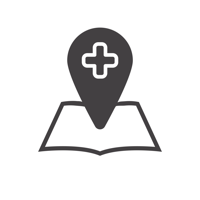
Outcomes Detox & Recovery Center is dedicated to helping individuals regain control of their lives. Located in Brownsville, TX, our multidisciplinary team provides round-the-clock care, including licensed mental health professionals, addiction counselors, and medical staff. With dedicated facilities for men, women, and detox, we tailor treatment plans to meet your unique needs. Rooted in evidence-based practices, we’re here to guide you every step of the way toward recovery.





At Outcomes Detox & Recovery Center, our clients always come first. With around-the-clock service, expert staff including physicians, RNs, and licensed counselors, and a commitment to evidence-based care, we’re here to help you confidently take the next step toward a brighter future.


